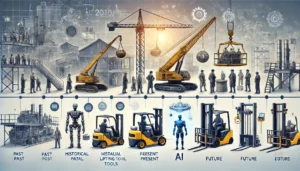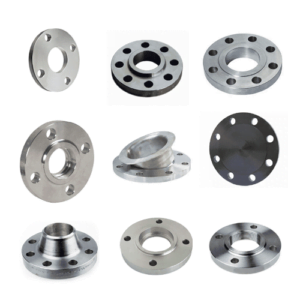Employers must prioritize workplace safety as it impacts the employees and the productivity of the organization. Substantial evidence suggests that proper safety measures taken in the workplace significantly decrease the number of accidents that occur, with reports showing as much as a fifty percent drop. This drop occurs because of hazard reduction, protection of the employees, and promotion of a positive safety culture.
The Role of Safety Equipment in Accident Reduction
Safety equipment serves as a barrier between workers and potential hazards, effectively minimizing the risk of injuries. Personal Protective Equipment (PPE) such as gloves, helmets, and goggles are needed to protect employees from already existing risks in the workplace. In the construction sector, hard hats are an effective way to reduce head injuries that happen as a result of falling objects. Likewise, safety goggles are a prerequisite for employees working in the manufacturing industry to prevent eye injuries from debris and chemicals.
The adoption of engineering controls such as machine guards or even ventilation systems is just as important as PPE in preventing accidents. Machine guards are useful because they eliminate contact with moving parts, thus preventing injury from machines. Those who work in plants or businesses that utilize dangerous materials must have ventilation systems since they are important in regulating the exposure to harmful dust particles that cause respiratory problems.
Evidence Of Safety Equipment Use Placement
There have been a number of studies that support the fact that safety equipment lowers workplace accidents. To illustrate, the National Safety Council estimated that the construction industry has 21% of workplace deaths that are due to four main issues: falling, electrocution, being struck by an object. The use of fall protection and electrical safety equipment is known to reduce these occurrences significantly.
Common dangers in the manufacturing industry which accounts for 15% of workplace injuries such as chemical burns or machinery accidents can be reduced with machine guards and proper protective clothing. The agriculture industry also has a rapid degree of fatal accidents caused by machinery and chemical exposure. Workers in this sector can be protected by implementing regular maintenance for the machines, safety gear, safety training, and equipment.
Economic Benefits of Undermining Workplace Injuries
Hospitals and businesses will see immense benefits by investing in safety equipment while protecting employees at the same time. Work-related accidents can easily lead to hefty financial costs due to the increase in medical bills, insurance and legal fees as well as compensation claims. Alongside the indirect costs caused by the injury such as productivity loss, equipment damage, and the company having to pay more for insurance. Companies can reduce these costs by proactively implementing safety measures in the workforce.
Furthermore, a company staying safe at the workplace leads to businesses having higher morale levels. The workers are likely to stay within a company that emphasizes safety and takes care of them. This puts the employer in a positive light which increases productivity amongst the employees leading to more success for the organization.
Difficulties In The Implementation Of Safety Equipment
There are organizations that comprehend the positive impact, but still face hurdles when it comes to the effective implementation of safety equipment. Such impediments can be caused by a company’s limited financial resources, lack of proper information, or aversion to change. Regardless of the type and number of investments the company makes, the long term benefits of safety such as fewer workplace accidents outweighs any and all costs. Help from occupational safety professionals can be sought to find the most practical approaches and prepare an effective safety policy, plan and programs appropriate to the organization’s needs.
Conclusion
The use of safety equipment has been proven to be one of the most effective methods of eliminating workplace accidents with an estimated rate of 50% reduction of existing accidents. Investment on appropriate protective equipment, engineering controls, and policies that promote safety not only ensures the employees are adequately protected but also results in savings for the organization. There are difficulties that need to be overcome in implementation and education and meticulous action planning is critical to this. In the end, the most important thing is that workplace safety comes first. It is indeed the goal which is not only ethical, and a business must do just to avoid legal consequences, but also helps ensure the company stays afloat for a long period of time.










